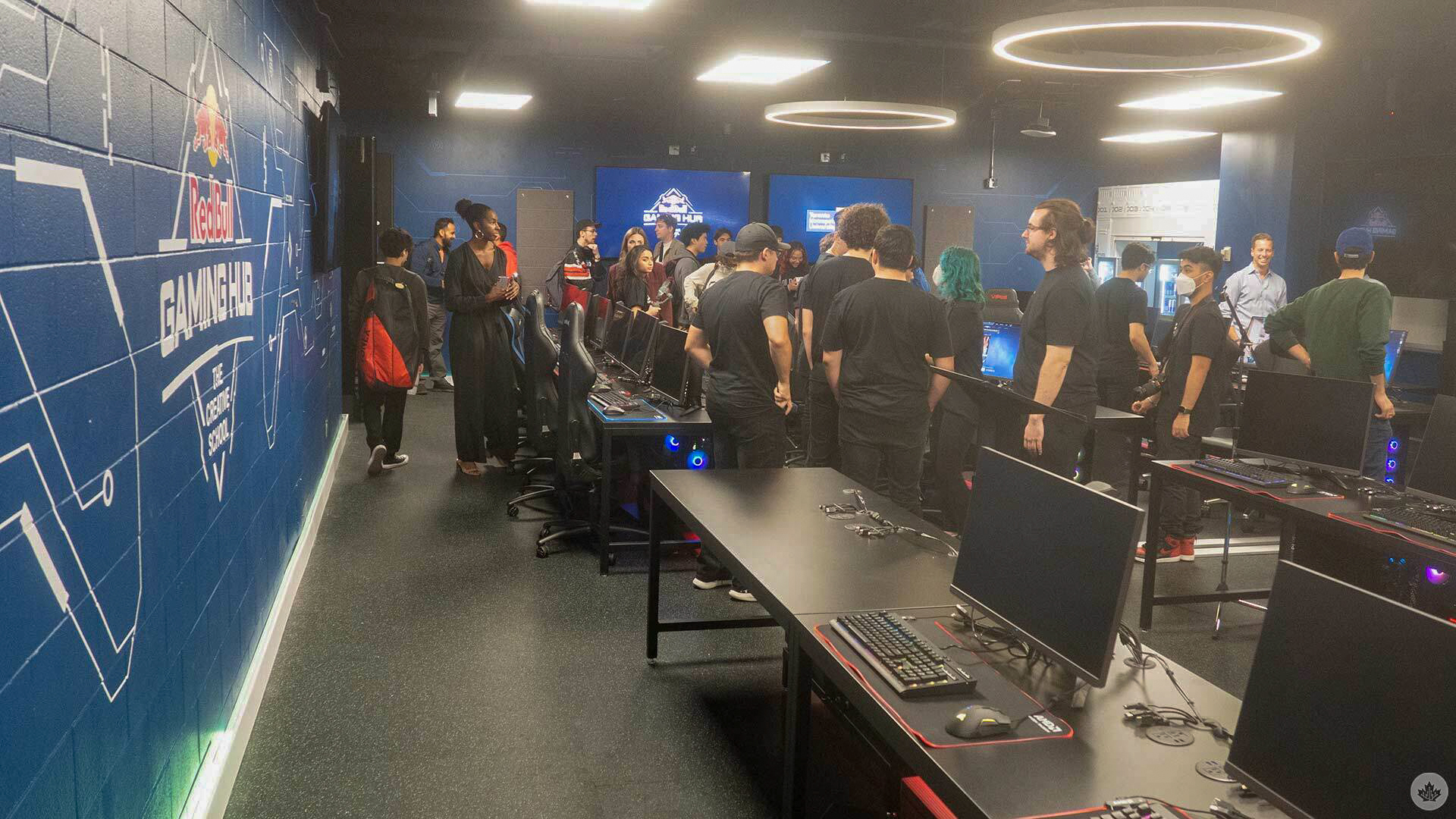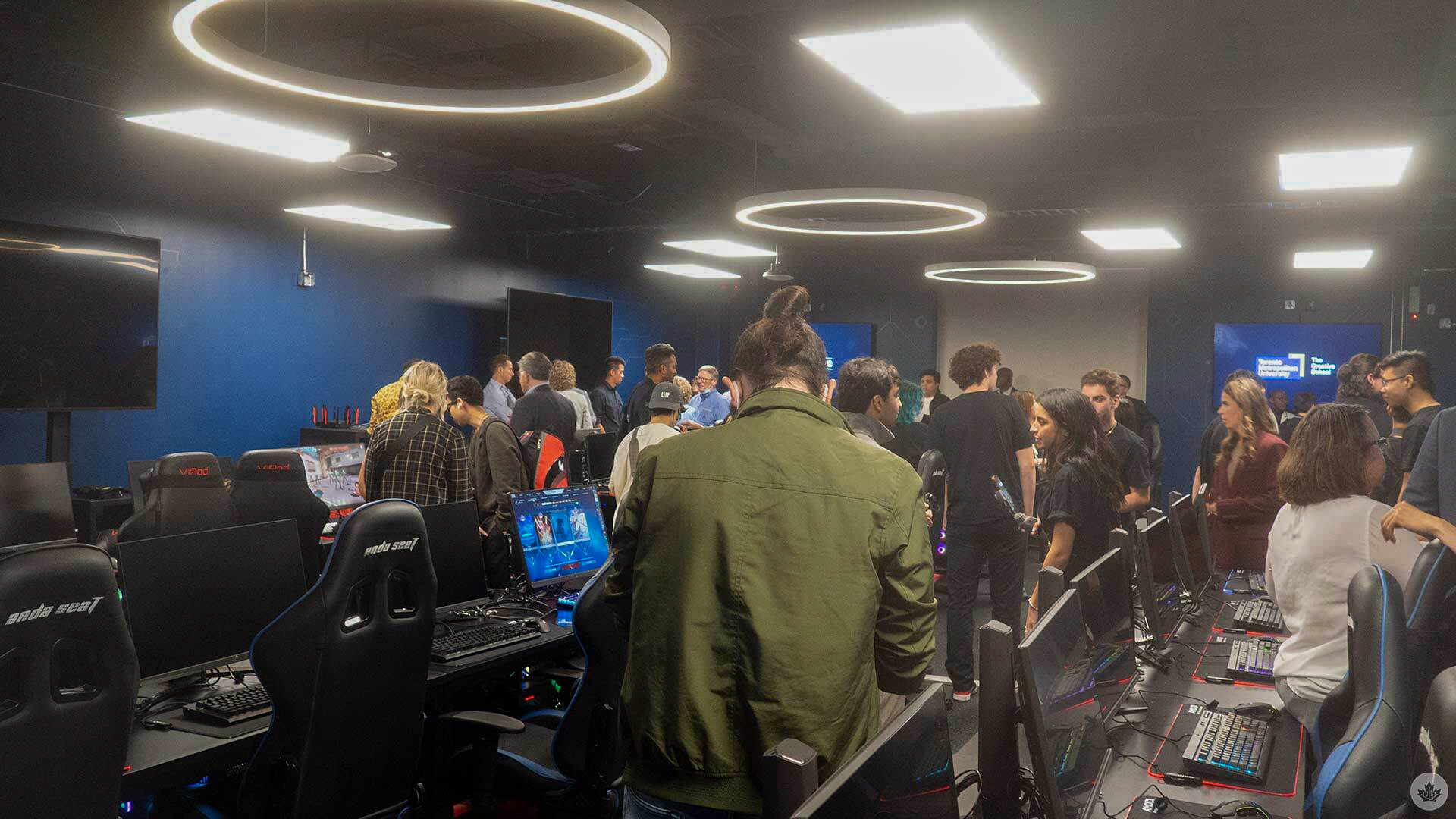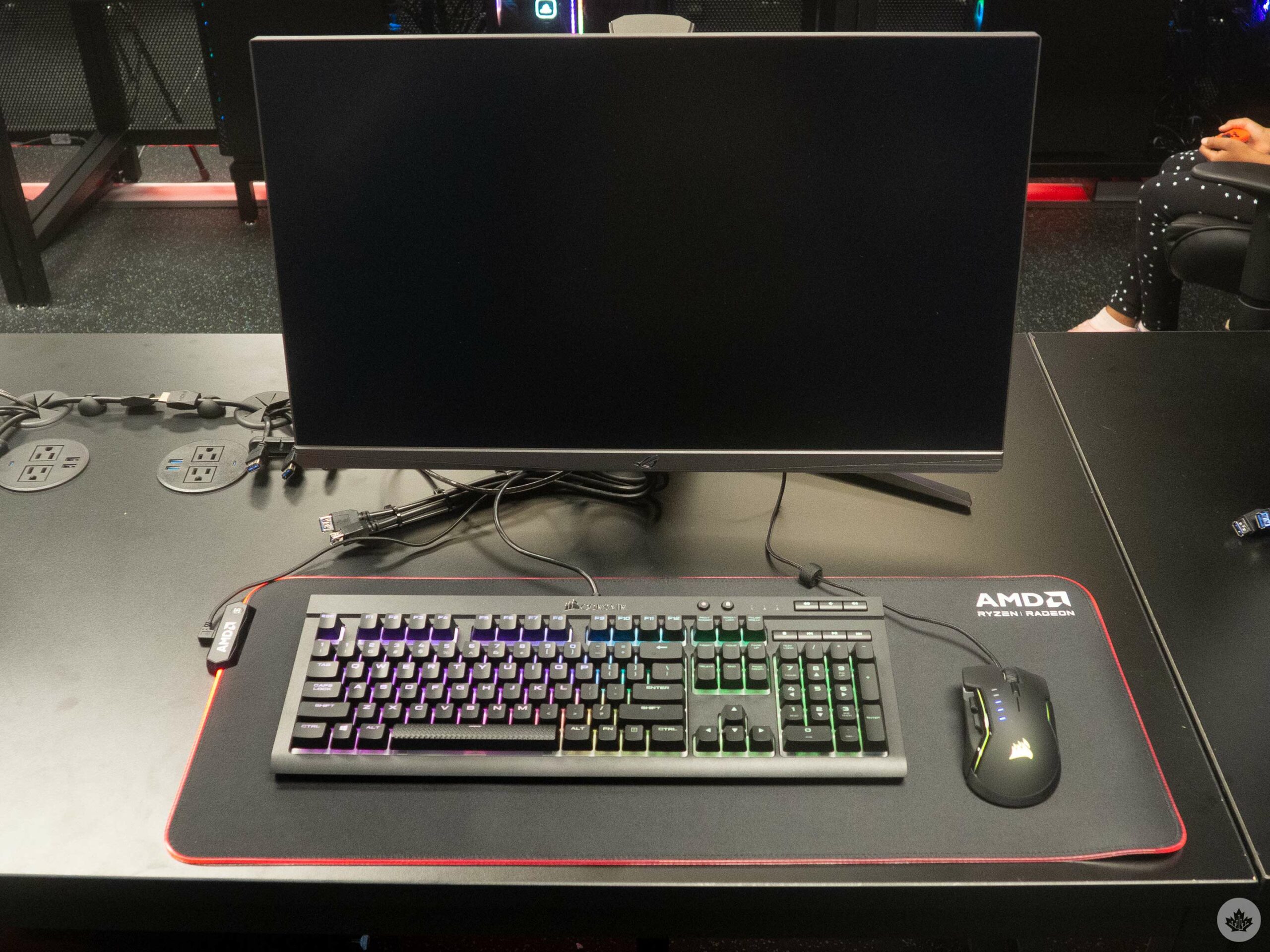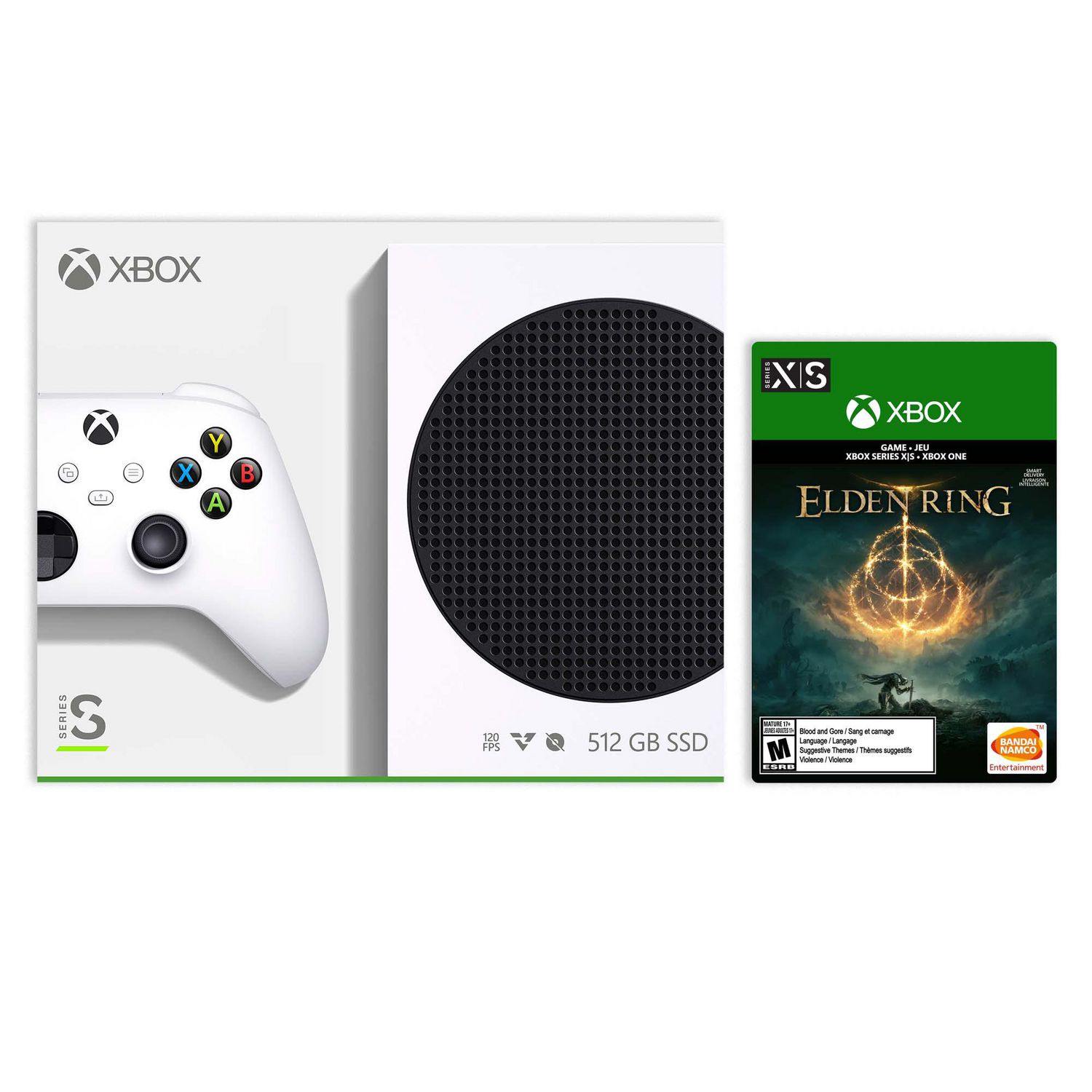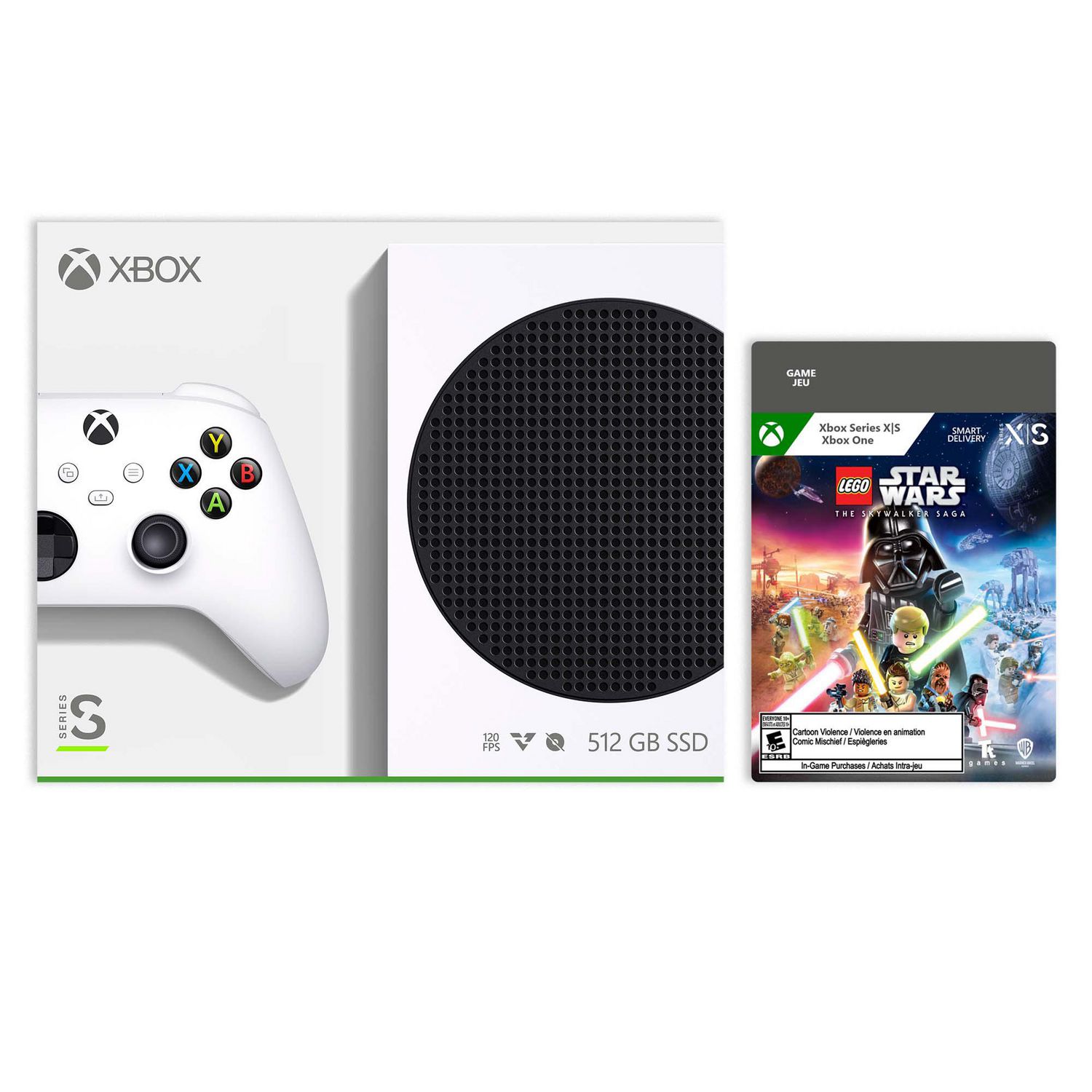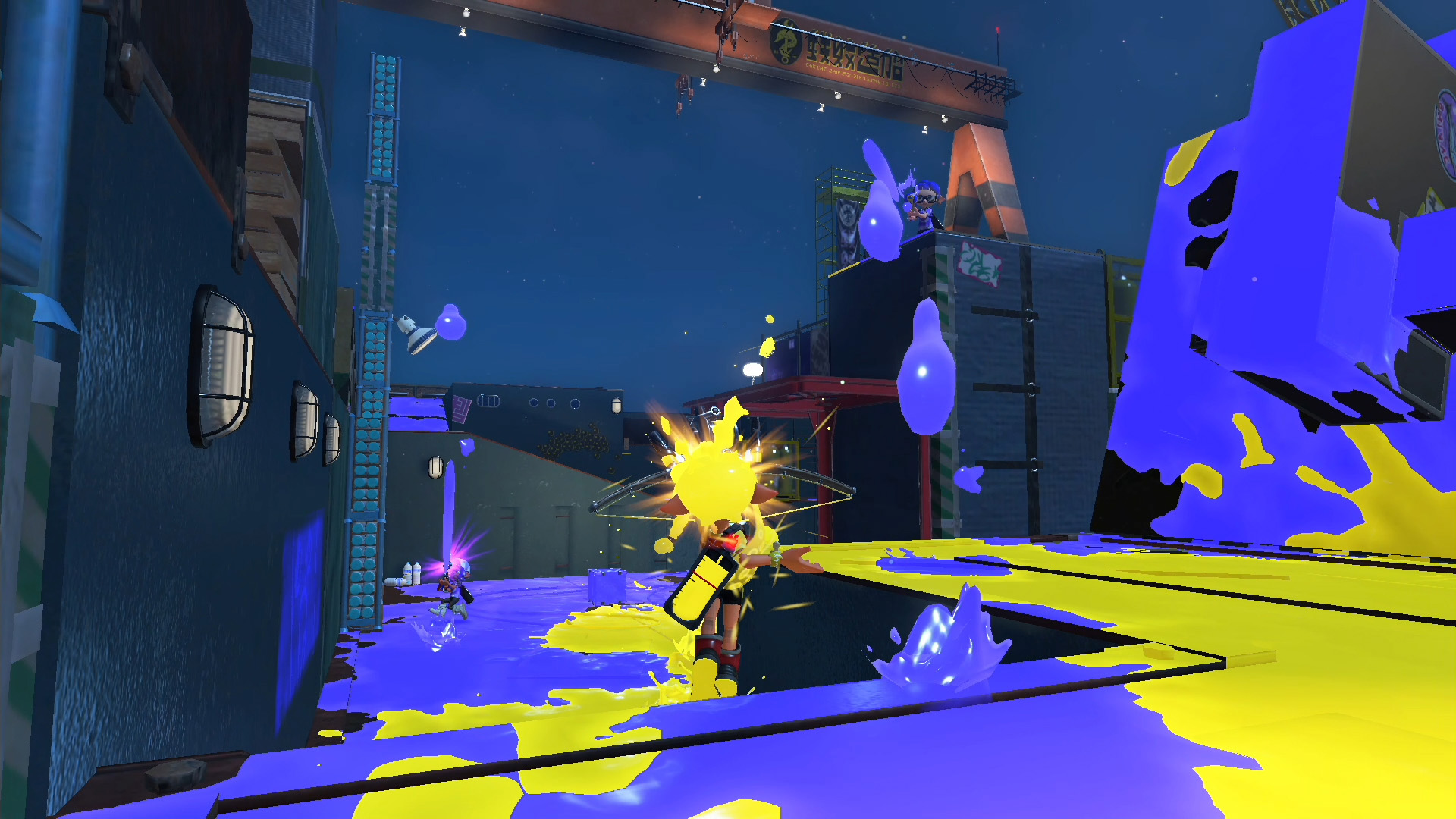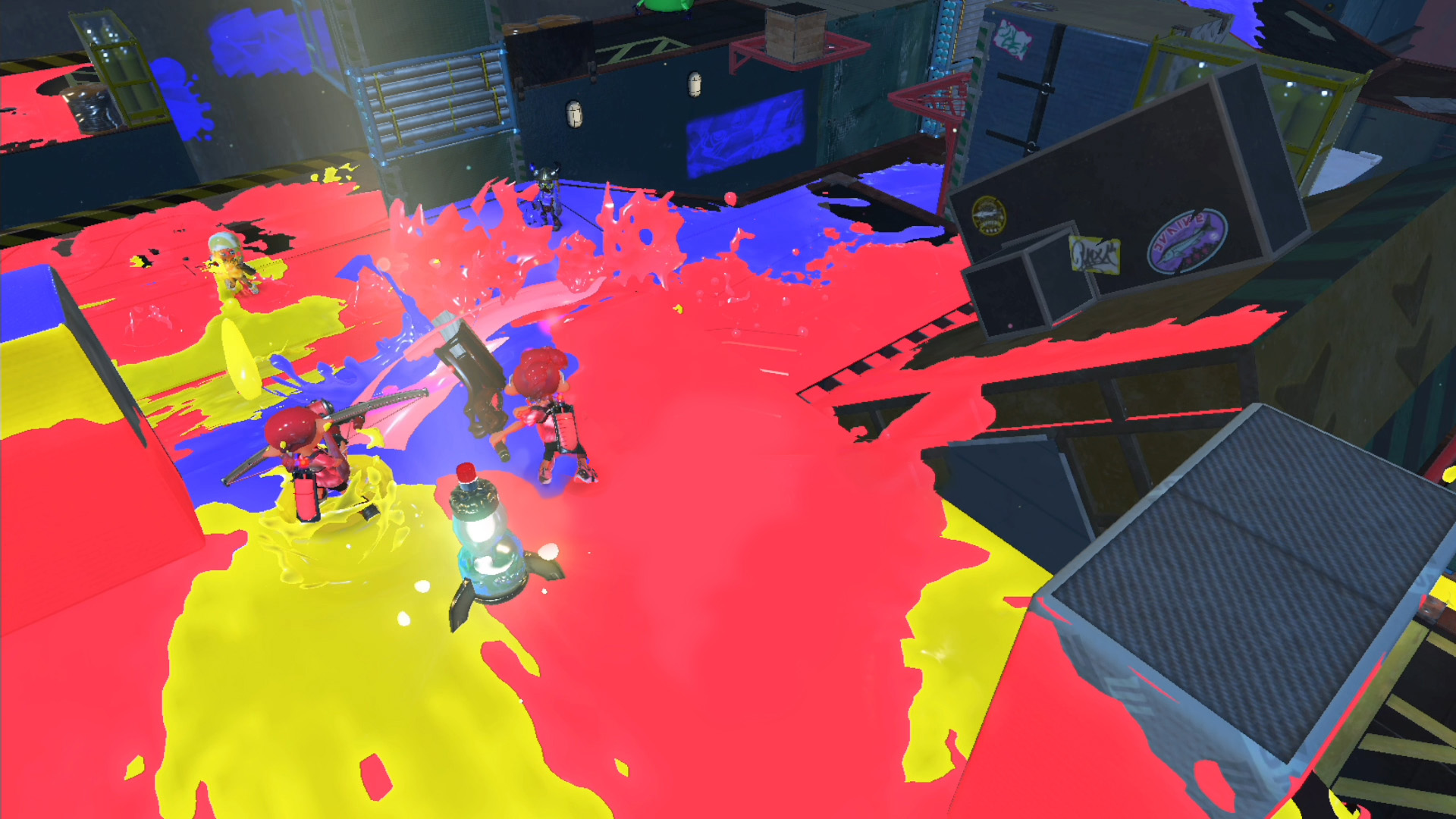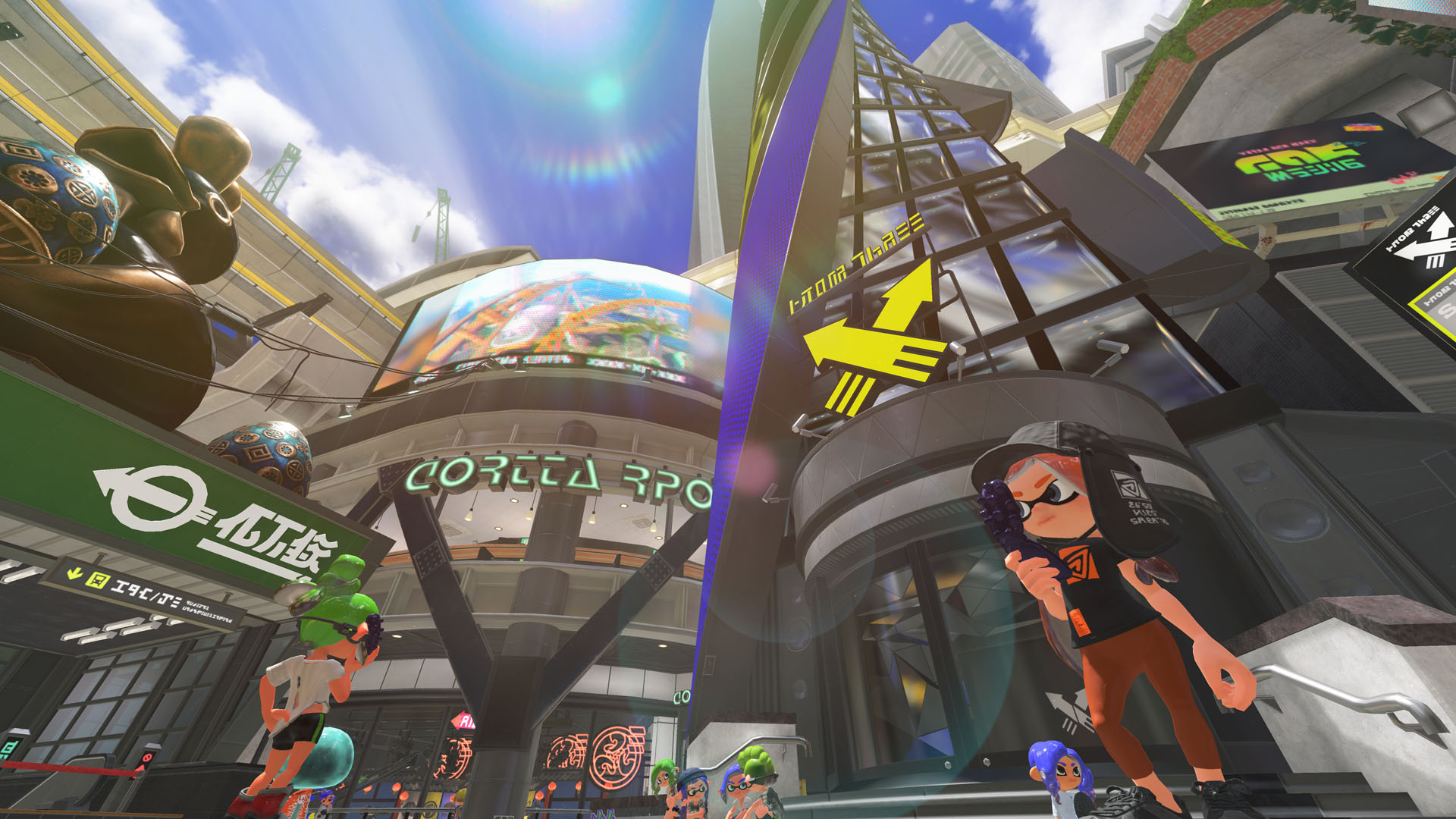On September 15th, Activision held its inaugural Call of Duty Next presentation to reveal the future of its massively popular first-person shooter series.
During the showcase, we got looks at Call of Duty: Modern Warfare II and Call of Duty: Warzone 2.0, among other titles. That’s certainly big news for many people, and I totally don’t fault anyone for getting excited. But one thing I’ve noticed that does disappoint me is the complete lack of acknowledgment of what’s the big elephant in the room: Activision Blizzard itself. As a result, I found myself with a rather icky reaction to everything that was revealed.
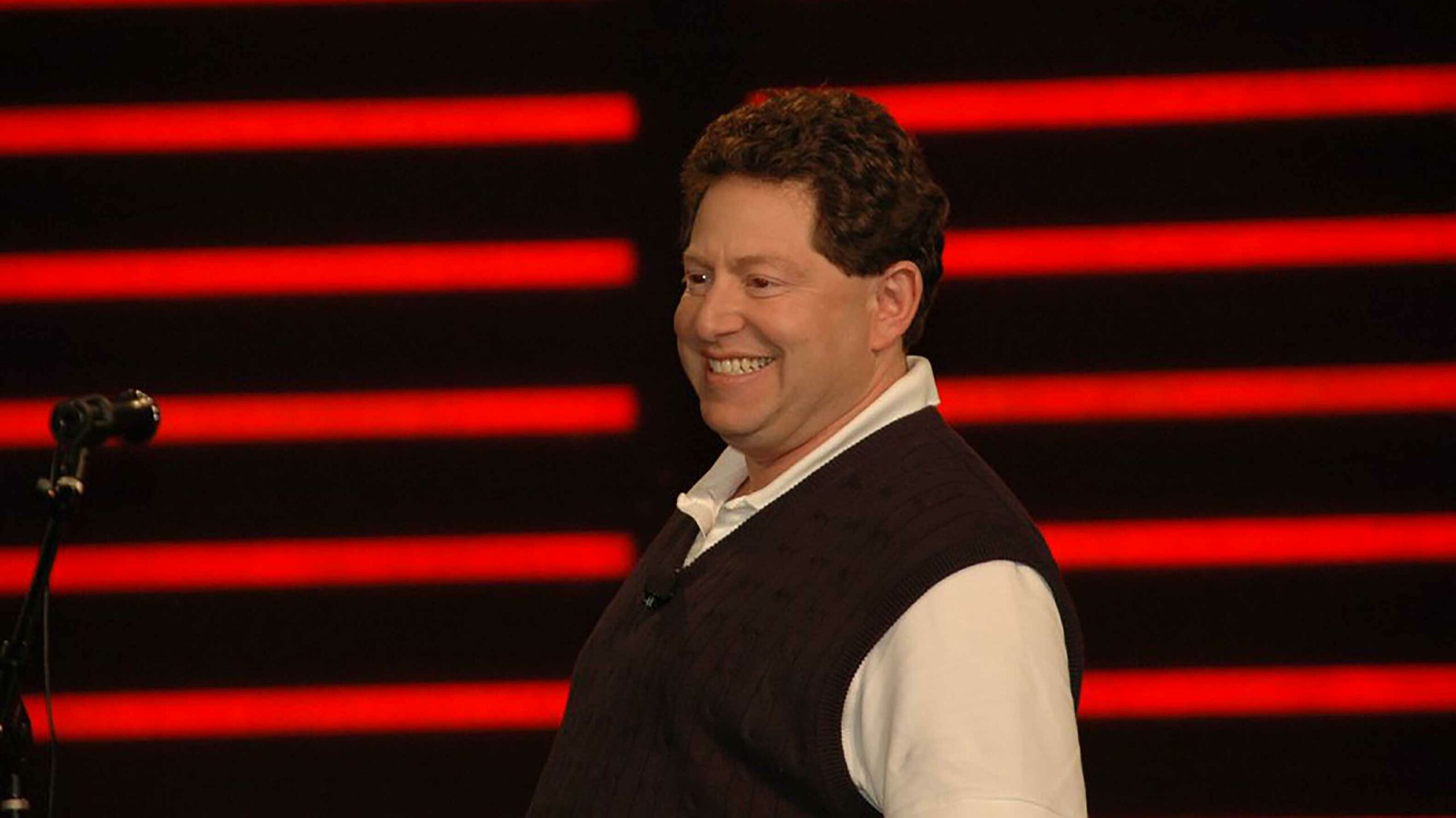
Bobby Kotick (Image credit: Flickr — Dan Farber)
As you likely know, Activision Blizzard faced a slew of scandals last year. First, the state of California filed a July 2021 lawsuit against the company, alleging that it fostered a “frat boy” work culture in which many employees, especially women, faced sexual harassment, gender discrimination, unequal pay and other forms of mistreatment. One woman was even reportedly driven to suicide by the trauma she faced. In a subsequent report, Activision CEO Bobby Kotick — already known for being gaming’s most overpaid CEO — was specifically accused of knowing about these incidents and even working to cover them up. (One report suggested he actually threatened to have an assistant killed.) Naturally, Activision Blizzard claims it found no evidence that Kotick did any of this, which we all totally believe.
This was a big deal last year. A lot of consumers spoke up against Activision Blizzard, many employees came forward with their own stories and staged walkouts, and the company’s image seemingly took a well-deserved hit. That was great to see! There was a concerted effort to hold the company accountable. But as time has passed, we’ve heard less about the controversy, and now, we see little, if anything, about it. All of the chatter is about these new Call of Duty games, not the poor conditions at the company behind them.
“Even the publications that have blasted Activision before produced coverage of Call of Duty Next without a mention of the company’s work culture“
A similar situation has happened with Ubisoft. In 2020, multiple reports came out about sexual harassment and other abuse at several Ubisoft studios, including those in Toronto and Montreal. Ubisoft CEO Yves Guillemot later said he was making some changes, including firing a number of alleged offenders, but employees have since come forward to say they’ve seen minimal improvement. This sentiment was echoed earlier this week in a new Axios report, mere days after Ubisoft revealed a slew of upcoming titles, including several entries in the Assassin’s Creed series. The Gamer also reported that developers at Ubisoft Quebec don’t want to work on that studio’s Assassin’s Creed “Project Red” because creative director Jonathan Dumont, who was accused of harassment in 2020, somehow remains in charge there.
Of course, scenarios like these aren’t black-and-white. I understand that you can simultaneously be against the wrongdoings of those in power while being excited for the work that the frontline developers have been pouring blood, sweat and tears into. I understand that gaming sites both provide coverage to help inform consumers’ purchasing decisions and to help stay afloat, especially as we continue to see layoffs at prominent sites. I understand that many players (the ones who aren’t cold and uncaring, anyway) legitimately don’t even know much, if anything, about what shady sides of gaming publishers as they’re casual gamers at best. I understand that the world sucks in a lot of ways and people justifiably turn to games for escapism. That’s all reasonable!
But when I look at Twitter and see people who know full well what Activision Blizzard and Ubisoft have done but are still just blindly and uncritically hyping up everything the companies are doing? Well, that’s disappointing. Even the publications that have blasted Activision before produced coverage of Call of Duty Next without a mention of the company’s work culture (To be fair, some did still mention it, like Rock Paper Shotgun, so shoutout to those outlets). It’s not at all difficult to address in some form, especially when people have the time to tweet about the promotional swag they receive from these companies. In fact, I’ve heard more from people about Sony and Microsoft’s public battle over the latter’s pending acquisition of Activision Blizzard than I have about the Call of Duty maker’s own transgressions (Because we all know it’s the billion-dollar corporations who are the victims here).
Now, to be clear, I’m not condemning individual fans or media. So many people in this day and age are judgmental about others, especially in situations where you have to walk a tricky line. There’s no “easy” answer here. Personally, I’ve gone back and forth about what I should and shouldn’t cover from these companies. Ultimately, I did decide to give coverage to last year’s Call of Duty: Vanguard and Far Cry 6 and this year’s Modern Warfare II, but I did so by framing it all from the perspective of celebrating the Canadians who worked on these titles and — as best as I know — had nothing to do with the larger scandals. More importantly, I still at least addressed said controversies in my pieces. I felt this was the least I could do (And even then, I know I haven’t been as consistent in that regard as I could have been).
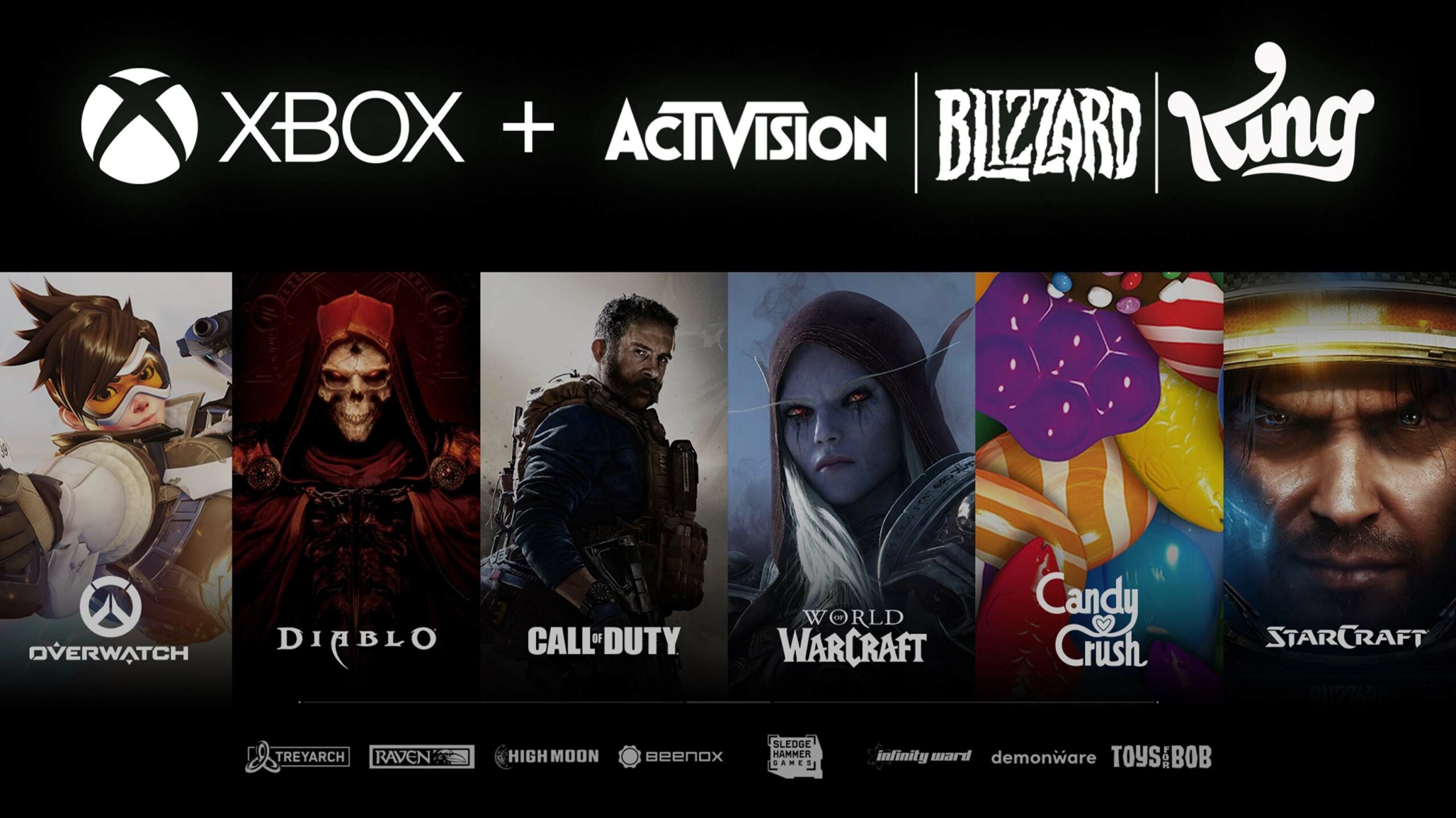
There are still so many question marks surrounding Microsoft’s pending acquisition of Activision Blizzard. (Image credit: Xbox)
I even genuinely wonder if there’s some unspoken assumption that Microsoft buying Activision Blizzard will magically “fix” everything, but even if that’s what people are thinking, it’s certainly misguided. For one, the deal is still subject to significant regulatory probes, so it may not even be approved. And even if it does successfully close, major systemic change doesn’t just happen overnight. We can’t be sure of what Microsoft may do. Hell, we still don’t even have a clear answer about what will happen with Kotick post-acquisition, so it’s way too early to view Microsoft as some big saviour.
No, we have to hold companies accountable ourselves — consumers, media and the like. Because really, is it a lot to ask that we don’t just forget about these issues? Sure, no one is expecting that we individuals on the public side of things can singlehandedly “fix” these publishers. But even still, can’t we at least do something? That we take even a few sentences of a single article or tweet to point out these problems? Not every story or tweet about these games has to be a larger commentary on the companies that make them — that would be ridiculous to expect — but even a few?
“There will always be selfish and entitled gamers, but it’s definitely been reassuring to see larger public recognition of the issue”
People get the most random and trivial things trending on Twitter every day — how about doing the same once in a while for company misconduct? Alternatively, why not at least follow along or even promote the great work of advocacy groups like ABetterABK and A Better Ubisoft to stay informed? Regardless of what action you take, developers give so much of themselves to make the games we love, and the least we can do is continue to call for their employers to give them the treatment they deserve.
It’s especially a shame because we’ve seen how improvements can happen in the industry when people collectively put pressure on companies. Take crunch, a major issue in the gaming industry that relates to prolonged overtime during development. After extensive coverage of Rockstar’s crunch culture surrounding games like Red Dead Redemption 2, the company has reportedly made meaningful strides toward fostering a healthier development environment. That seemingly came about, in no small part, due to many people coming together to point out “wow, crunch is bad.” Of course, there will always be selfish and entitled gamers, but it’s definitely been reassuring to see larger public recognition of the issue, like when The Callisto Protocol director Glen Schofield was widely criticized for recent comments that glorified crunch. It sends the message that it isn’t okay, and, hopefully, helps companies follow Rockstar’s suit.
Ultimately, I just hope that people don’t completely stop talking about these sorts of issues, which sadly seems to be the case much of the time with Activision and Ubisoft. Because in the end, we’re fortunate to be able to enjoy something like Call of Duty or Assassin’s Creed without worrying about the publishers behind them abusing us. Why not try to make sure those who made these games get to do this as well?
Image credit: Activision Blizzard



